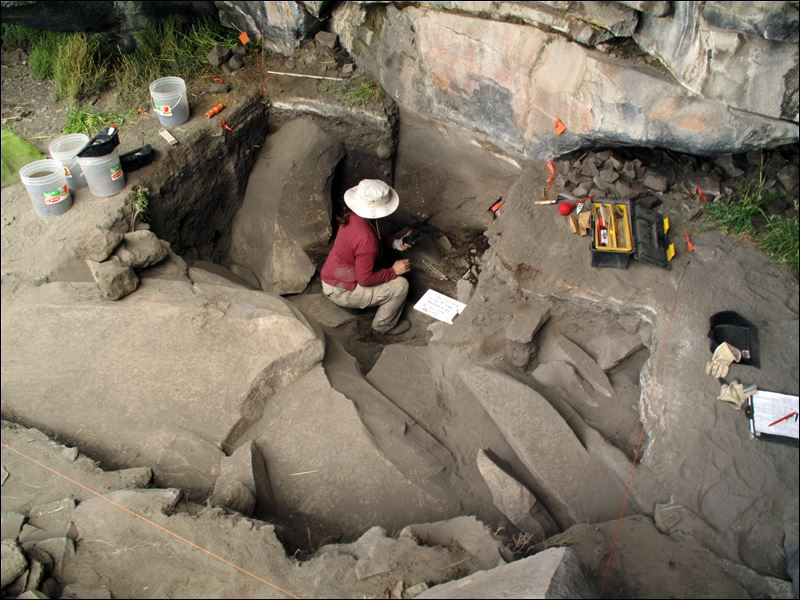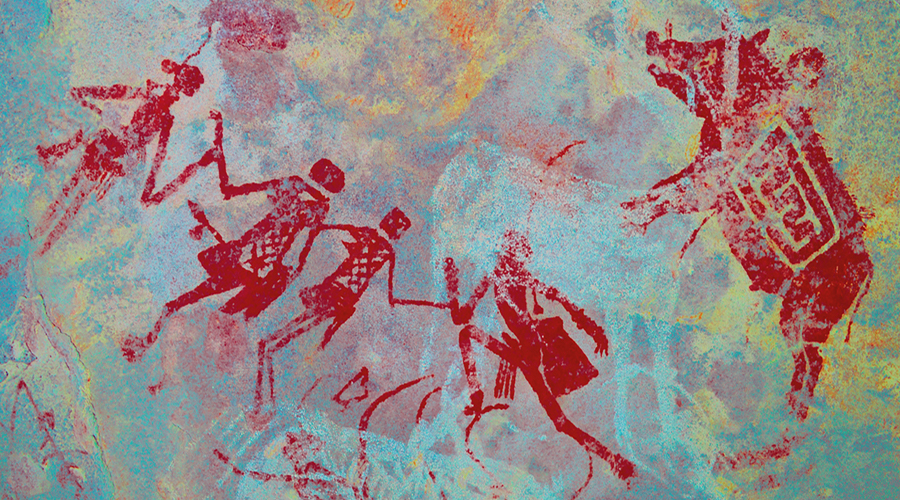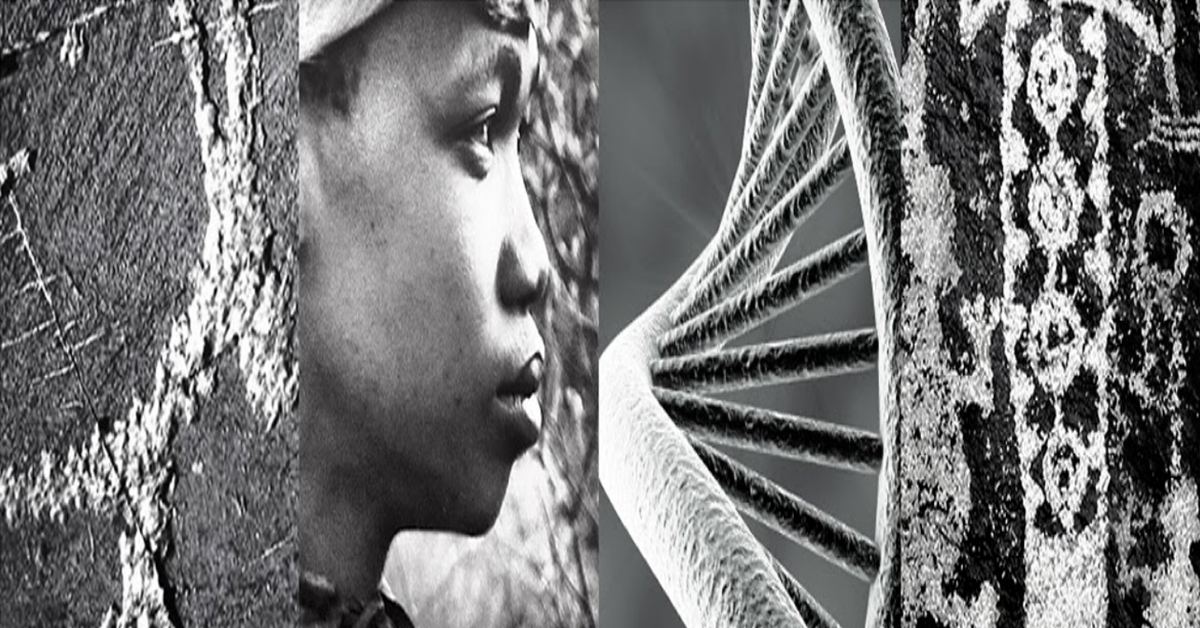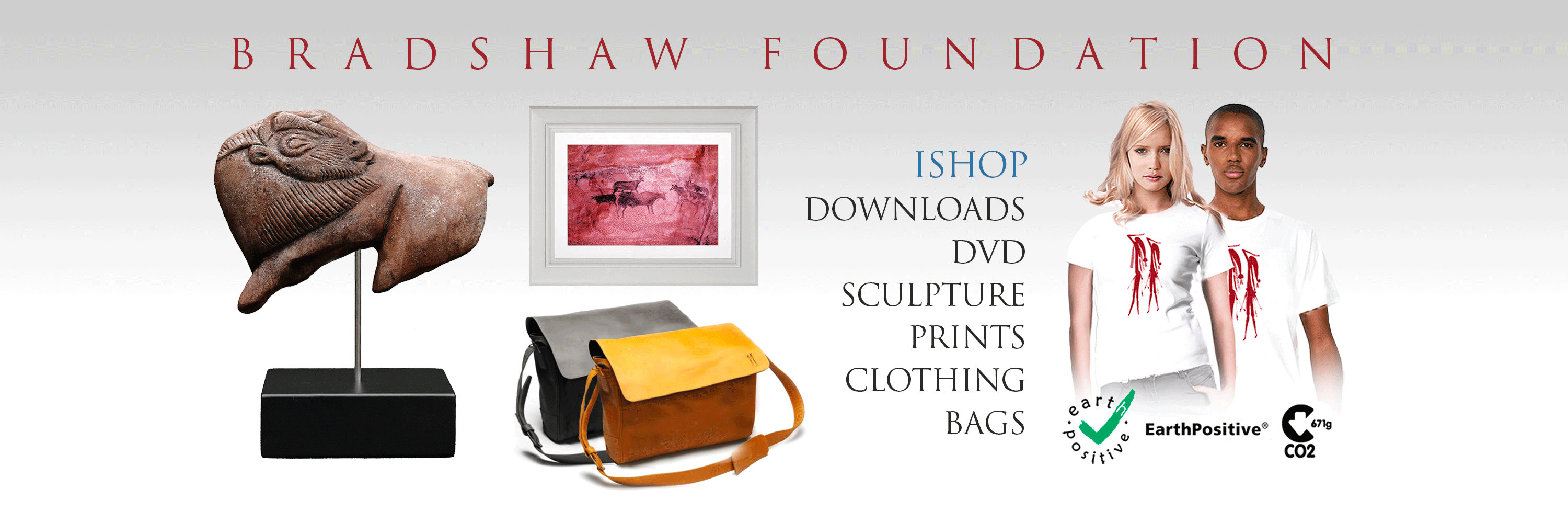


Archaeologists in Peru have discovered the remains of three Ice Age human settlements in the Andes dating to more than 12,000 years old and at an unprecedented altitude of over 4,000 meters. This proves that prehistoric Pleistocene communities adapted to extremely harsh environments earlier than previously thought.

Archaeologist Sonia Zarriollo working in the Cuncaicha rock shelter in the Peruvian Andes. ASSOCIATED PRESS
The three sites are located in the Pucuncho Basin, and numerous obsidian and andesite tools such as scrapers and projectile points have been excavated. The fossils reveal that vicuna and guanaco (relatives of the alpaca) and taruka (an Andean deer) were hunted. One of the sites - Cuncaicha - is a rock shelter containing rock art. Red ochre fragments were discovered. No images have been released.
The researchers believe the settlements in the Pucuncho Basin, at this altitude, were probably seasonal for both hunting and herding, although genetic variations - higher metabolic rates and more lung capacity - may have begun to develop at this early date. It is probably only a matter of time before more sites are discovered.
To view the South America Rock Art Archive:
http://www.bradshawfoundation.com/south_america/index.php
by Bradshaw Foundation
Monday 04 December 2023
by Bradshaw Foundation
Friday 30 June 2023
by Bradshaw Foundation
Thursday 06 April 2023
by Bradshaw Foundation
Thursday 24 November 2022
by Bradshaw Foundation
Tuesday 27 September 2022
by Bradshaw Foundation
Thursday 08 September 2022
by Bradshaw Foundation
Tuesday 19 July 2022
by Bradshaw Foundation
Monday 06 June 2022
by Bradshaw Foundation
Friday 11 March 2022
by Bradshaw Foundation
Wednesday 02 March 2022
by Bradshaw Foundation
Thursday 26 August 2021
by Bradshaw Foundation
Monday 16 August 2021
by Bradshaw Foundation
Tuesday 06 July 2021
by Bradshaw Foundation
Thursday 06 May 2021
by Bradshaw Foundation
Thursday 06 May 2021
by Bradshaw Foundation
Tuesday 16 March 2021
by Bradshaw Foundation
Monday 04 December 2023
by Bradshaw Foundation
Friday 30 June 2023
by Bradshaw Foundation
Thursday 06 April 2023
by Bradshaw Foundation
Thursday 24 November 2022
by Bradshaw Foundation
Tuesday 27 September 2022
by Bradshaw Foundation
Thursday 08 September 2022
by Bradshaw Foundation
Tuesday 19 July 2022
by Bradshaw Foundation
Monday 06 June 2022
by Bradshaw Foundation
Friday 11 March 2022
by Bradshaw Foundation
Wednesday 02 March 2022
by Bradshaw Foundation
Thursday 26 August 2021
by Bradshaw Foundation
Monday 16 August 2021
by Bradshaw Foundation
Tuesday 06 July 2021
by Bradshaw Foundation
Thursday 06 May 2021
by Bradshaw Foundation
Thursday 06 May 2021
by Bradshaw Foundation
Tuesday 16 March 2021
Friend of the Foundation











